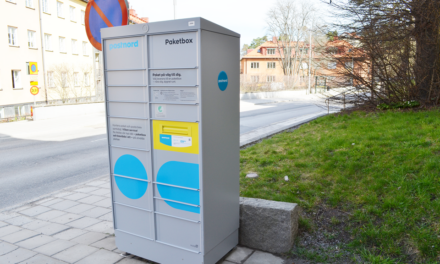
EU’s Postal Directive changes the requirements of national postal services
The postal directive approved on 31 January by the EU Parliament will open postal operations within the EU to full competition. The directive will become effective from the beginning of 2011, and in 2013 in some transitional-period countries. The new postal directive will guarantee nationwide mail delivery on five days of the week in the future. The tariffs of letter mail sent by consumers will also be uniform regardless of the locale.
Restrictions to competition were removed from Finnish legislation in the early 1990’s. Itella has been among the postal companies who have supported the EU-wide opening of the postal market.
According to Itella, the new directive now accepted may change the principles that have been held important in Finland concerning uniform services provided throughout the entire country. It has been the requirement of the Finnish Parliament to secure the provision of uniform postal services throughout Finland without separate funding systems.
In the new directive, a competing post company cannot be required to deliver mail five days per week, which has until now been required by law in Finland. In the future, such obligation can only apply to a company responsible for a general service obligation, i.e. Itella in Finland. Only a company operating in the largest cities, delivering letters from large sender companies, e.g. every other day, can price the delivery cheaper than the current rate. This means that the funding base for providing basic postal services may become significantly narrower.
It is possible that the directive will lead to regional segregation of prices, with mail sent to the largest cities being cheaper than that sent elsewhere. This has already happened in Sweden and in some other countries.
Read More




